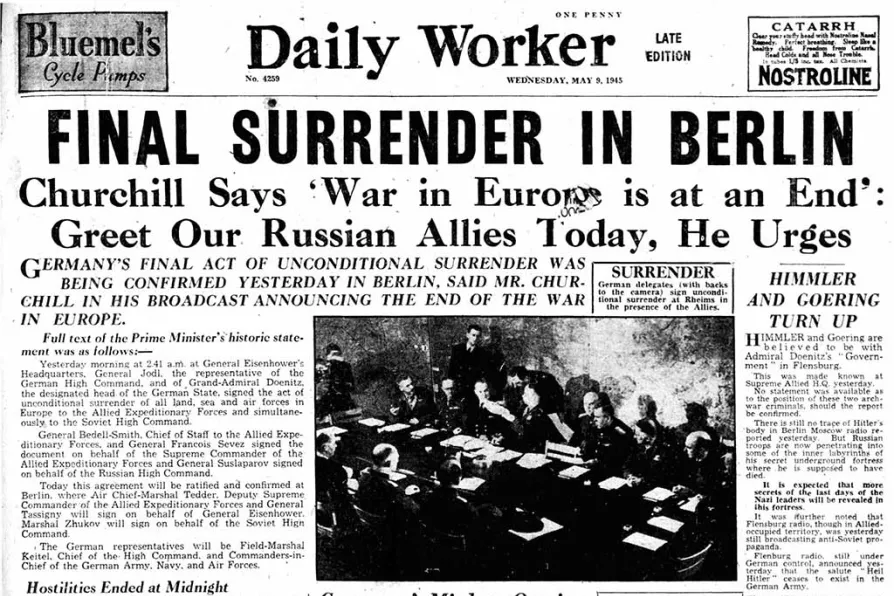Once the bustling heart of Christian pilgrimage, Bethlehem now faces shuttered hotels, empty streets and a shrinking Christian community, while Israel’s assault on Gaza and the tightening grip of occupation destroy hopes of peace at the birthplace of Christ, writes Father GEOFF BOTTOMS


Daily Worker banned
The TUC met in Southport in 1940, but denied the Daily Worker press credentials. This encouraged the government to act against the only voice in the press that was critical of is role. Party member John Mason was interned without charge as a warning to all. Police raids on homes were stepped up. Requests were made by police to employers to sack known activists.
The party leadership encouraged a revolutionary perspective on the question of legality. It was to be enjoyed and used for as long as it lasted. On January 21 1941, just nine days after the People's Convention, the Daily Worker was suppressed by long-time adversary Labour Home Secretary Herbert Morrison, using defence regulation 2D, which made it illegal “systematically to publish matter calculated to foment opposition to the prosecution of the war.” The party challenged the ban in the High Court. Ironically the High Court lifted the suppression on the movement of its machinery, but the decision came five days after the presses were destroyed in a bombing inferno.
At the defence factory Napiers in north west London, workers clocked in an hour late in protest at suppression of their paper. In its place Daily Worker Leagues appeared, which published a regular Industrial and General Information Bulletin, staffed by former employees of the Daily Worker. The Fighting Fund was kept going. Communists could not be outlawed so easily.

PHIL KATZ looks at how the Daily Worker, the Morning Star's forerunner, covered the breathless last days of World War II 80 years ago

PHIL KATZ describes the unity of the home front and the war front in a People’s War

JOHN ELLISON recalls the momentous role of the French resistance during WWII











